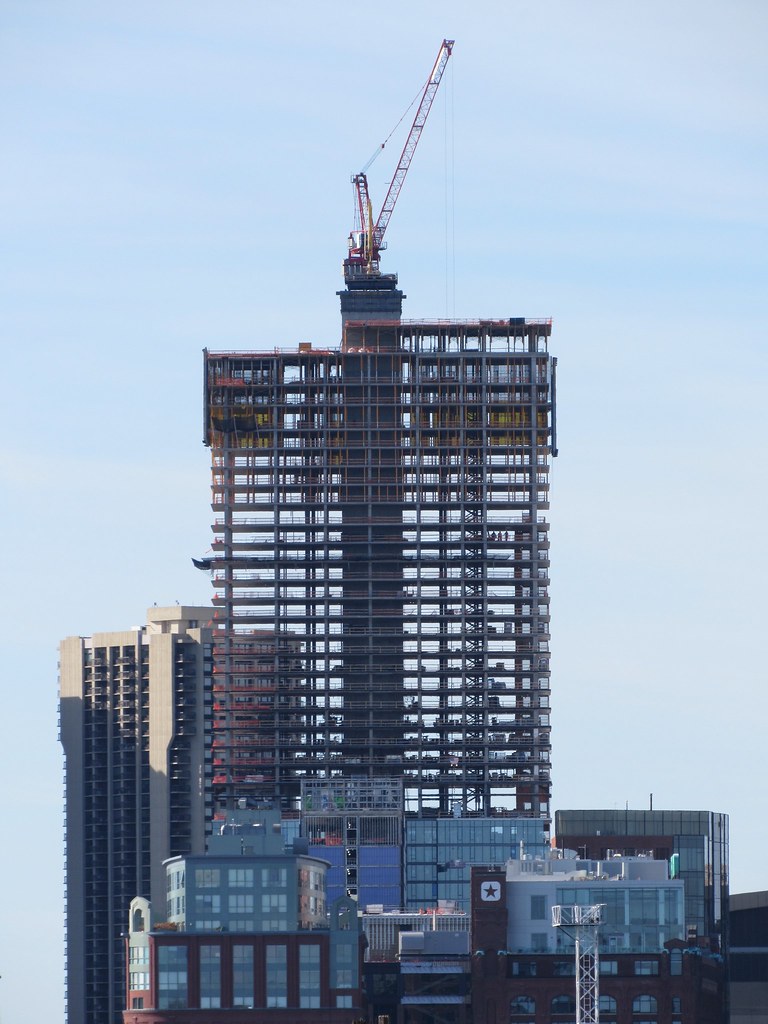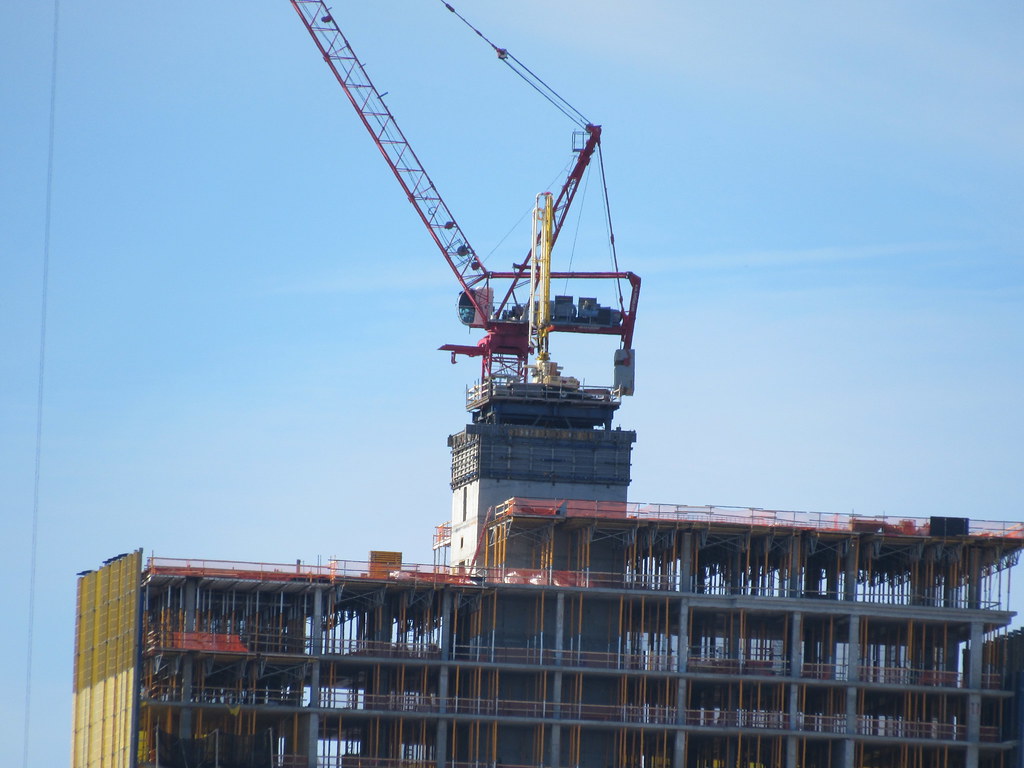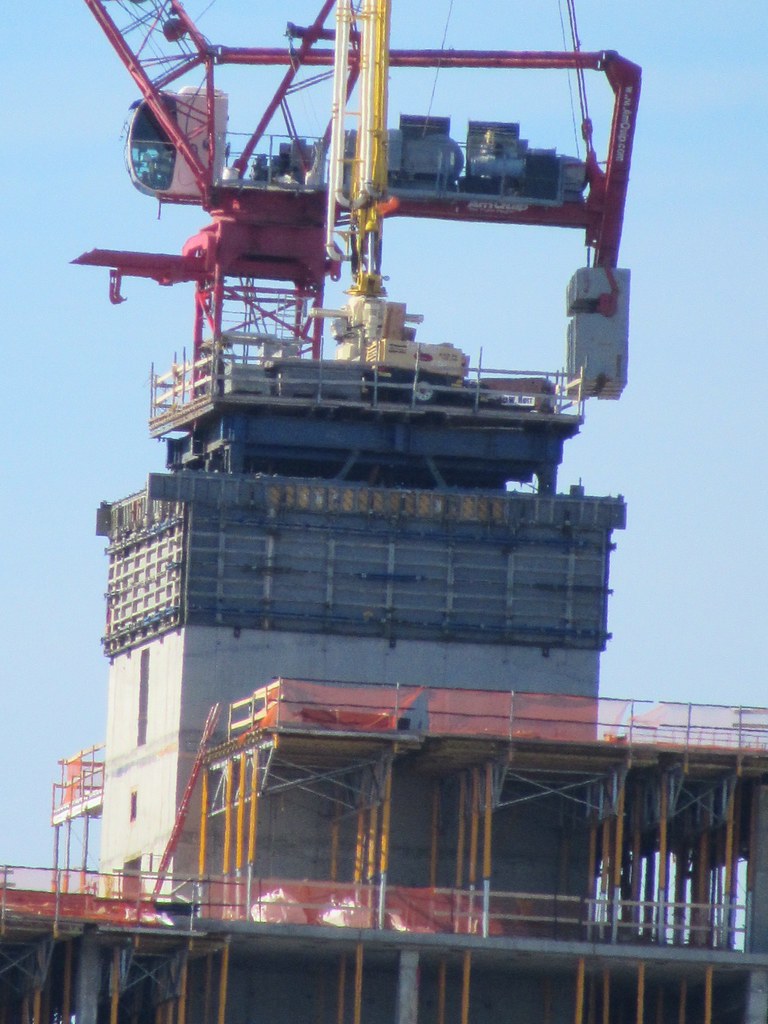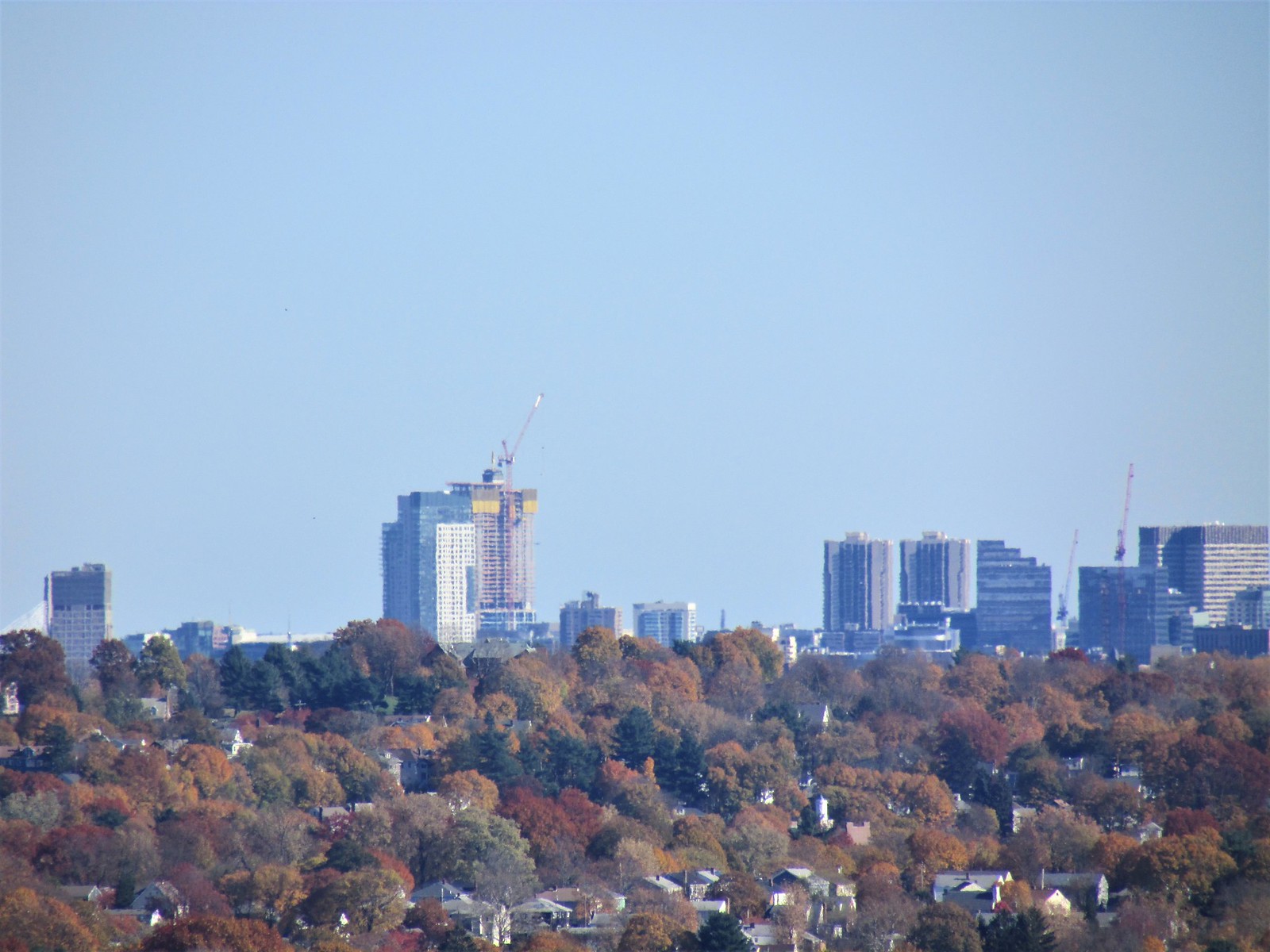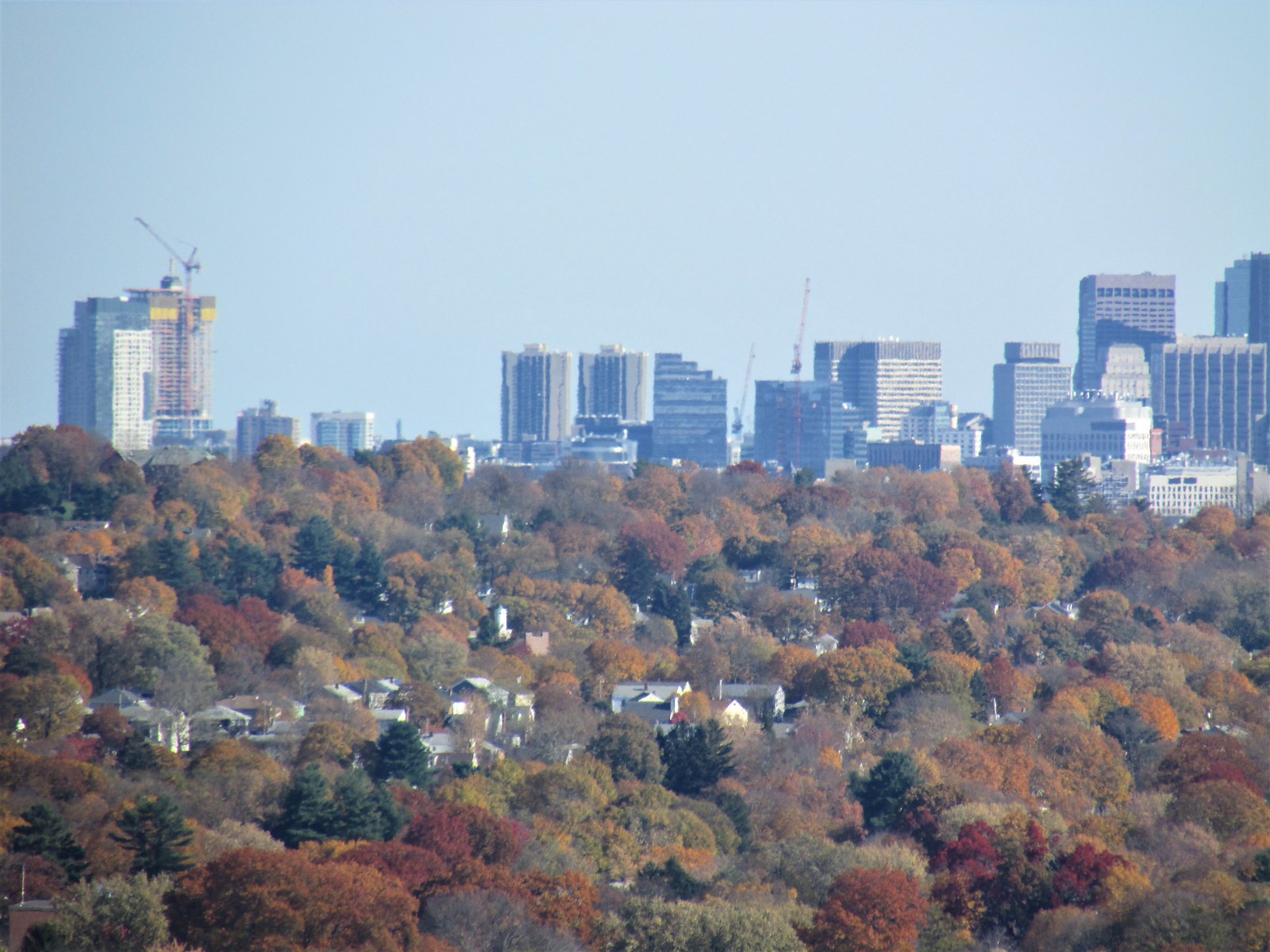As it relates to the super market here (it's going to be a Star Market?), why has it taken so long for full service supermarkets to really start popping up in the city? Whole Foods in the South End at Ink Block. Roche Brothers inside Millennium Tower in DTX. Trader Joe's over in Allston near HBS. Star Market here in Causeway Street.
There's a graduate level class on food deserts and accessibility to grocery stores in urban areas that I could direct you to if you want a very nuanced answer to that question. (otherwise, I'll spare you)
The "short" answer: not enough people with disposable income lived downtown until the last couple decades to merit construction of large-scale supermarkets. Millennium Crossing (as I've dubbed their Tower, Place, & Avery residences), Archstone, Kensington, Ava, and other Downtown residential towers concentrated thousands of high-income earners in the neighborhood, thus establishing a market there for a Roche Bros. The Master Plan for Ink Block, 345 Harrison, Troy, and several other residential developments in the South End & Broadway areas drove the market for a supermarket in that area.
Though more housing has popped up around HBS & Western Ave in Allston where the Trader Joes opened, I genuinely wonder if that store opening was more a response to relieve congestion at the Coolidge Corner location. (I've read in a couple places that the Coolidge Trader Joes is the busiest or most profitable per square foot in the country).
Among West End reconstruction, Avenir, Victor, Merano, the Bulfinch Crossing master plan, and (of course) the Hub on Causeway master plan, the new market of thousands of residents in the Bulfinch Triangle drives the demand to support a Star Market at Hub on Causeway.
The only other consideration I'd add is the challenge with finding upwards of 40,000+ square feet in the middle of the city to add new supermarkets. Deals like that take a long time to coordinate and evolve from (see Filene's Basement Hole). At the end of the day, decision-making and planning during the last decade will continue to make Boston a more livable city than most in the long run.

